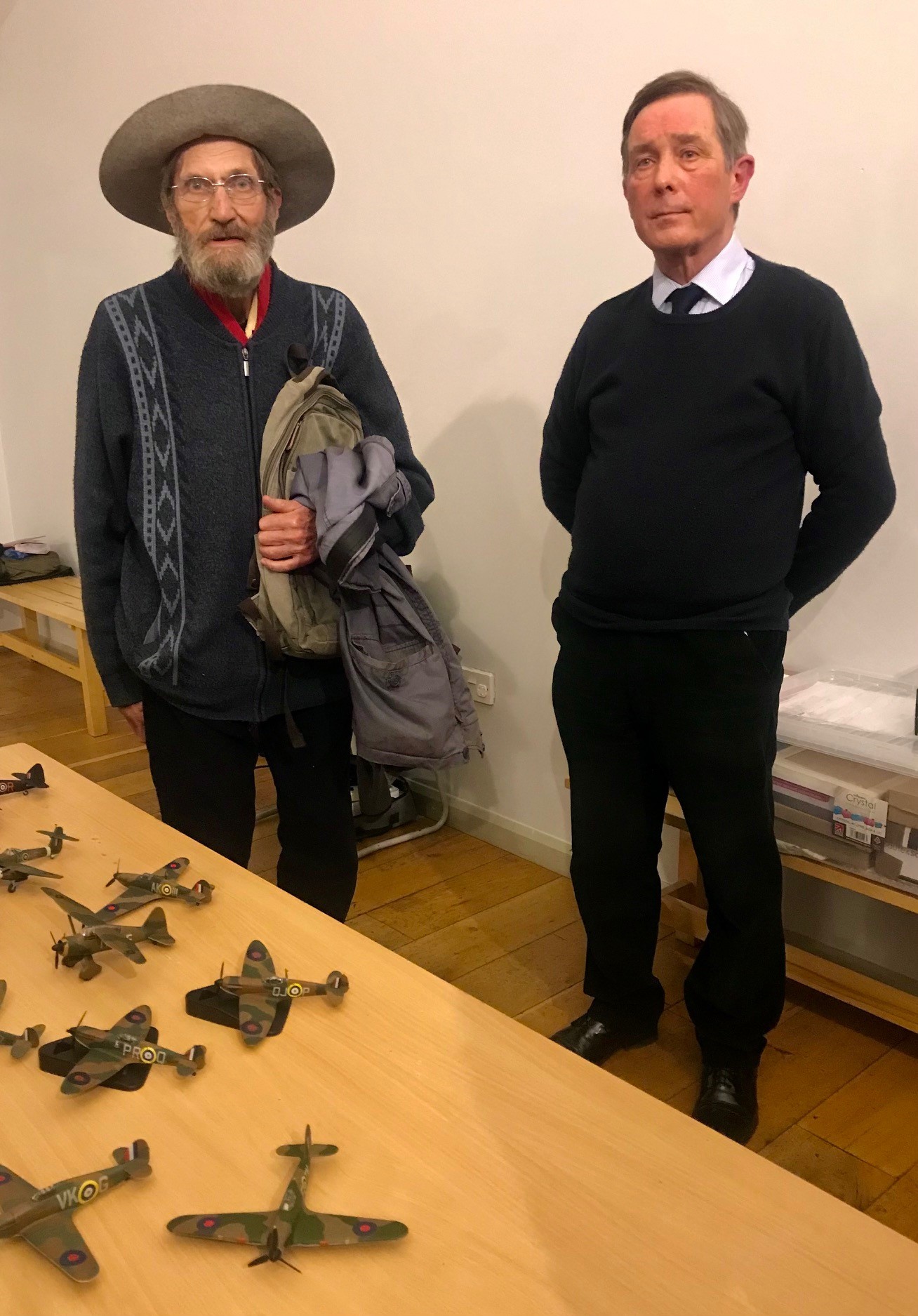TALKS
Our popular WHS Talks are held at the Balsam Centre, Balsam Park BA9 9HB (accessed from Memorial Hall Car Park), usually on the last Wednesday evening of the month.
Doors open 6.30pm with the talk starting at 7pm. Our 9 talks throughout the year range widely, covering local and national topics such as the Roman Villa at the Newt, life of a local vet in 20th century, restoration of Earl of Shaftesbury’s house, the Nuremburg Trials.
A brief round-up of previous talks are available if you click the “Previous Talks” button further down this page.
The programme is being constantly developed so do revisit this site, check out our Instagram or Facebook and look out for our eye-catching posters in various locations around the town advising forthcoming subjects.
Entry Charges (per person):
Members and under 18s: free
Non-members: £10.00
From time to time Special Talks are being booked. The venue for these is the Memorial Hall. Last year we heard from John Blashford-Snell, and enjoyed a live performance of Flamenco dancing. Charges for these talks differ from the standard Talks charge. Keep an eye on this site for details.
Special Talks (per person):
Members: free (donation welcomed)
Non-members: See listing for prices


John Smith: Battle of Britain
30 November 2022 @ 19:00 - 21:00
Battle of Britain – How the West Country was defended
An attentive audience was enthralled by John Smith’s presentation of the pivotal actions in the skies overhead during nearly 20 weeks in the summer of 1940. A particular frisson was added to the event by the attendance of Mark Dowding, a grandson of Air Chief Marshal Hugh Dowding. (Mark Dowding [in hat] pictured with John Smith, below]
With not a projector nor Power Point in sight, a phalanx of aircraft models, of all the types involved on both sides, were lofted at appropriate moments to illustrate the actions. Mr Smith’s command of his subject delivered concisely the constantly shifting balance of aerial attack, parry, feint and counterattack over the vital naval bases at Portland and Plymouth, the RAF fields further inland and the essential manufactories in and around Bristol producing components necessary to refurbish damaged planes and construct new ones. At the height of hostilities, the supply line came perilously close to being stretched to snapping point.
Several examples were recounted, with mordant humour, of idiosyncratic decisions by those far removed from the front line, some of those decisions decidedly obtuse, others simply small minded. As ever, resourcefulness, particularly on the part of those at the sharp end, often resolved issues in the simplest way. Life jackets changed to bright yellow when it was realised the standard issue blue ones didn’t help casualties to be spotted floundering in the sea.
The national nature of the battle, most often presented as centred on south-east England and especially London, was demonstrated by the movement of squadrons from as far north as Orkney or Northumberland to South Wales or Cornwall. While no fighters were based in Somerset, our area suffered attacks and the results thereof in the form of crashed planes, and witnessed countless dogfights above our fields, towns and villages. Some crashed enemy planes were of considerable interest, a particular one being collected to be taken to Farnborough, not without some difficulty as “Dad’s Army” had constructed roadblocks that the arriving articulated lorry could not negotiate without their demolition. By the time the artic was ready for the return trip, the roadblocks had been rebuilt…..
Respect for the enemy was noted as their men often flew over 70 missions without rest, whereas the RAF generally rotated its squadrons. The capabilities of radar were highlighted, affording the ability to identify specific Germans to the point where a particular thorn could be ambushed and chased into the sea. And it was noted Germans had life jackets with torches, whistles and waterproof flares to aid location and recovery of those who had had to “ditch”.
To this day there are local places where the legacy of the battle can be seen: in the Mendips, alongside the A30 near Shaftesbury, rebuilt parts of Sherborne School which were destroyed as a result of an enemy error, mistaking Sherborne for Yeovil due to the road configuration, and above all, two memorials created on National Trust land along the south coast.
As we know “the few” triumphed over the superior numbers of the enemy and our land was freed from the daunting prospect of invasion. It was interesting and informative to have the Battle of Britain presented without frills; this was greatly appreciated by the audience.
